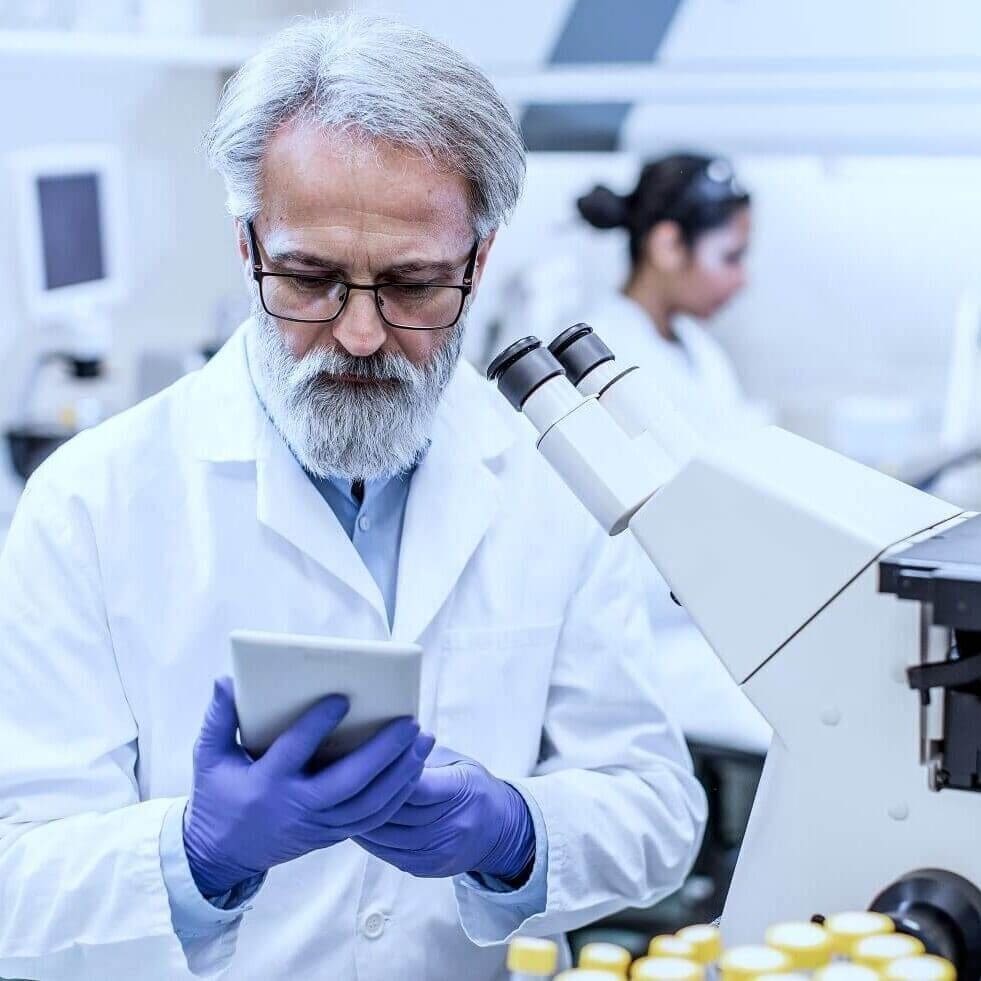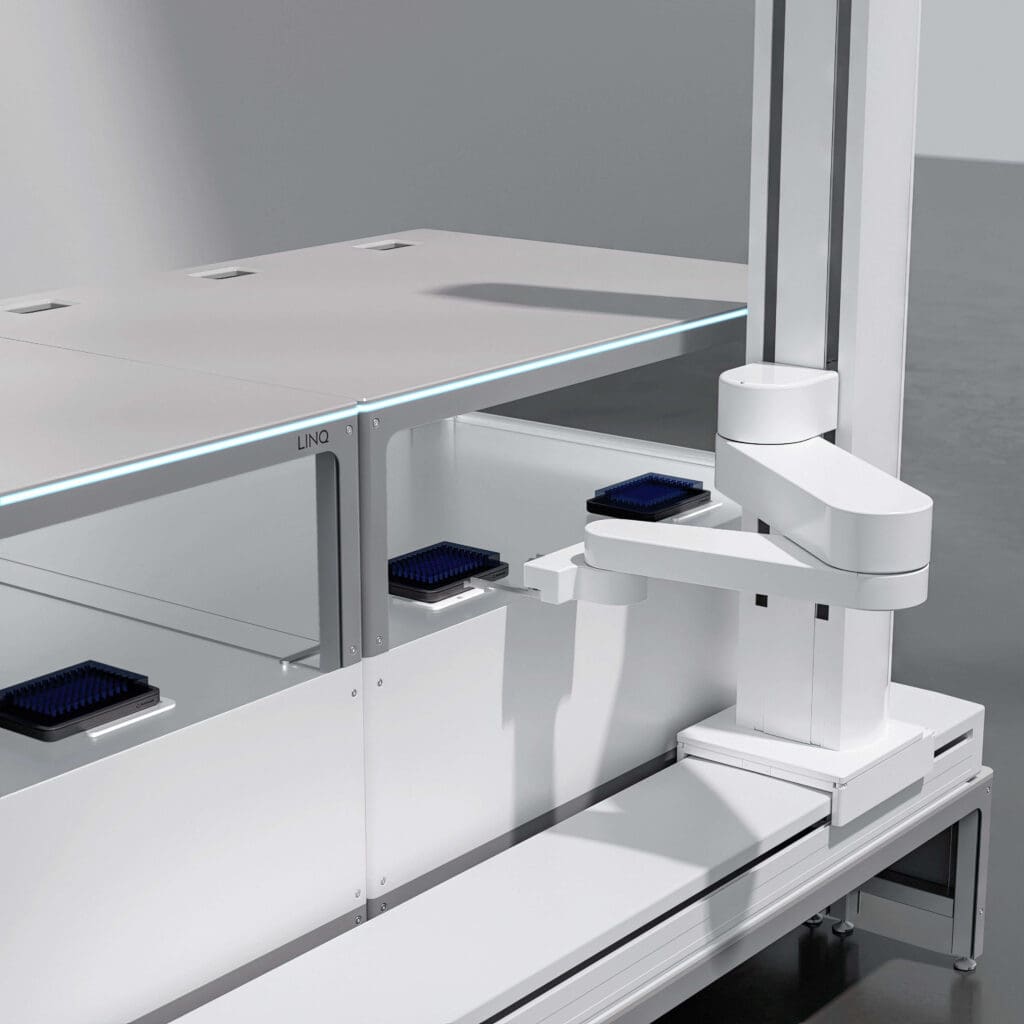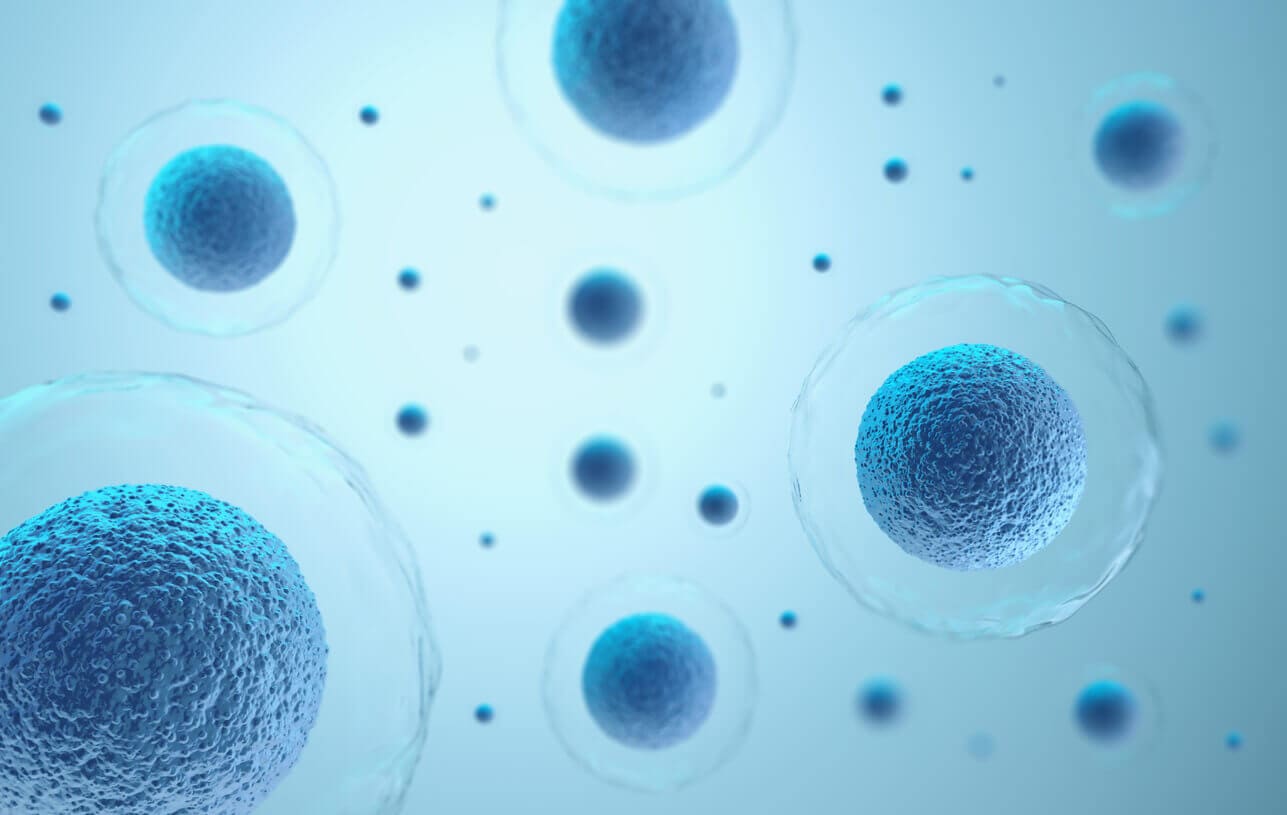3D cell culture has been identified as a more effective way of mimicking the in vivo cellular microenvironment, compared to 2D cell culture models. However, it comes with its own unique challenges, which when combined with manual handling, result in long hours and the potential for human error, making it difficult to manage the scalability, reproducibility, and uniformity of 3D cultures.
Automated liquid handling enables laboratory staff to spend fewer hours on slow repetitive work, reduces manual handling and the potential for contamination, as well as increases the ability to scale up processes whilst maintaining uniformity of 3D cultures and reproducibility of results.
Advantages of 3D cell cultures
There are many benefits to using 3D cell culture models in comparison to 2D models including (1):
- Cells behave in a manner that is closer to their normal physiological state
- An effective model for drug genotoxicity, cytotoxicity, and discovery
- Reveals novel insights into the organisation of cells and cell-cell interactions
- Similar effects to in vivo treatment when looking at the effects of chemotherapeutic drugs
- Co-culture cells more effectively
- Reduce controversial drug testing on animals
3D cell culture applications
Whilst there are many applications of 3D cell culture, they can be broadly split into three groups (2):
- Cancer research
With a proper supply of nutrients and oxygen, 3D cell culture models are able to mimic the tumour microenvironment more closely with proliferating cells on the surface of spheroids, and quiescent cells towards the centre and have been shown to respond to treatments more similarly to in vivo models (3).
- Drug discovery, toxicity, and screening
3D cell models have been found to respond to drug treatments more similarly to in vivo models than 2D cell culture systems due to the lack of cell-cell and cell-matrix interactions in 2D cell culture.
Particularly in cancer drug discovery, drugs that may have previously been effective in 2D systems were found to be not as effective in 3D systems and subsequently in vivo. This allows for 3D cell culture to be used as an additional efficacy and safety test in early drug discovery processes.
- Stem cell culture
Utilising 3D models to create stem cell lineages is important for scalable, high-quality research into therapies for diseased or dysfunctional tissues. Furthermore, 3D models have been used for transplantation and grafts of stem cells which facilitates regeneration of bone and tissues found throughout the body.
The challenge with 3D cell cultures
As mentioned above there are unique advantages to 3D cell culture, but they also come with their own challenges.
When deciding to switch from 2D to 3D cell culture, the process of optimisation can take a long time to determine the best way to grow the cells (using scaffold or non-scaffold techniques).
When undertaking cell-based assays, further optimisations are required for the best way to treat and lyse successfully grown organoids.
Additionally, it can be an excruciatingly slow process to culture 3D cell models, as, growing up the cells required can take weeks or even months and, if they form, they can be prone to moving around, can be accidentally pipetted and may not be uniform due to slight variations when manually seeding the cells. This requires careful, skilled laboratory staff to spend hours carefully pipetting for media changes or adding drug treatments. Furthermore, scaffolds that are required for some 3D cell systems can make it difficult to analyse cells after treatment (4).
All of this can have an effect on cost, reproducibility, and experimental outcome, making the process difficult to standardise, and scale up for high throughput work as well as leading to longer hours in the cell culture hood for skilled workers. Discover how Automata can ease common cell culture challenges here.
Benefits of 3D cell culture automation
Implementing automated cell culture solutions can benefit your research by enabling high-throughput assays to be completed, whilst also maintaining reproducibility and standardisation.
Automation can be used to seed cells and handle liquid manipulation which allows for more uniform spheroid formation, like in the case of SPT Labtech’s Dragonfly Discovery Dispenser (5), and subsequently improves reproducibility.
Removing an aspect of manual handling that takes a lot of time, and requires highly trained workers, improves cost-effectiveness, and frees up lab staff to work on other processes in parallel. Further developments in automation will expand the horizons from automating one aspect of 3D cell culture to being able to automate each process and link them together to reduce the need for manual handling.

Your Guide to the Future of Automated Cell Biology Labs
Start planning your lab’s automation journey with insights on building an impactful and futureproof roadmap.
References
Villaneuva J. The Promises and Challenges of 3D Models [Internet]. Promega. 2022. Available from: https://www.promega.co.uk/resources/pubhub/features/the-promises-and-challenges-of-3d-models/
2. Park Y, Huh KM, Kang SW. Applications of Biomaterials in 3D Cell Culture and Contributions of 3D Cell Culture to Drug Development and Basic Biomedical Research. IJMS. 2021 Mar 2;22(5):2491.
3. Ravi M, Paramesh V, Kaviya SR, Anuradha E, Solomon FDP. 3D Cell Culture Systems: Advantages and Applications: 3D CELL CULTURE SYSTEMS. J Cell Physiol. 2015 Jan;230(1):16–26.
4. Antoni D, Burckel H, Josset E, Noel G. Three-Dimensional Cell Culture: A Breakthrough in Vivo. IJMS. 2015 Mar 11;16(12):5517–27.
5. Sherman H, Shyu J, Hung H. Automation of Forskolin-induced Swelling Assay of Human Intestinal Organoids [Internet]. Corning. Available from: https://www.corning.com/catalog/cls/documents/application-notes/CLS-AN-614.pdf

Read more Reshaping Cell Biology Experiments For Automation

Leading US research center, Duncan Neurological Research Institute, partners with Automata to…
Read more Leading US neurological research institute, Duncan NRI, partners with Automata
The lab automation platform that removes bottlenecks and accelerates drug discovery at…
Read more Automation solutions for drug discovery